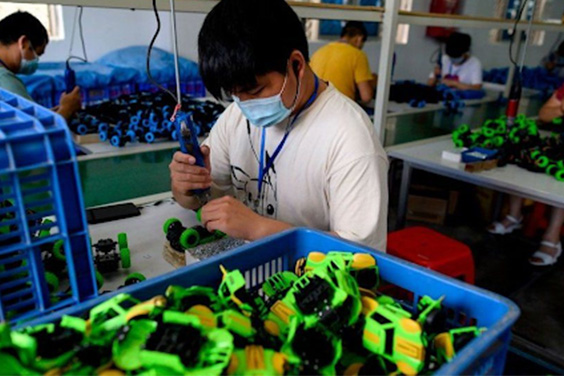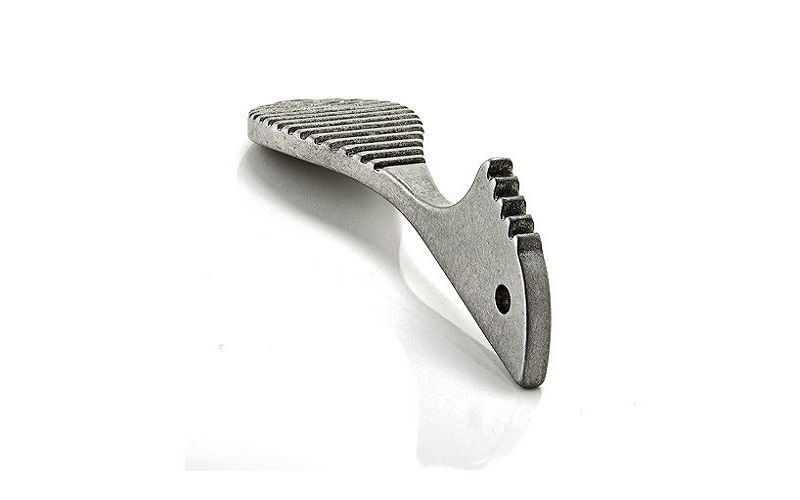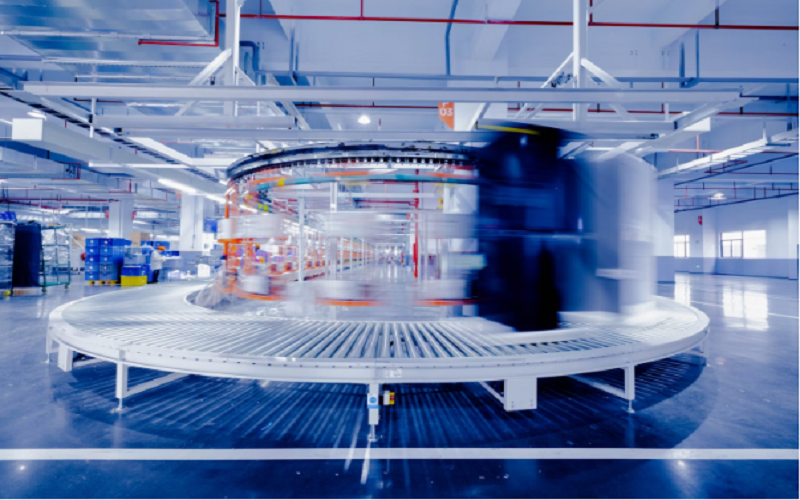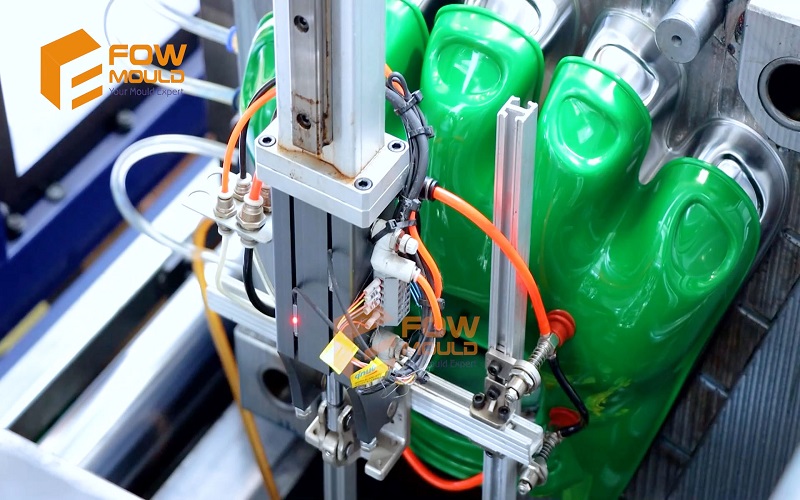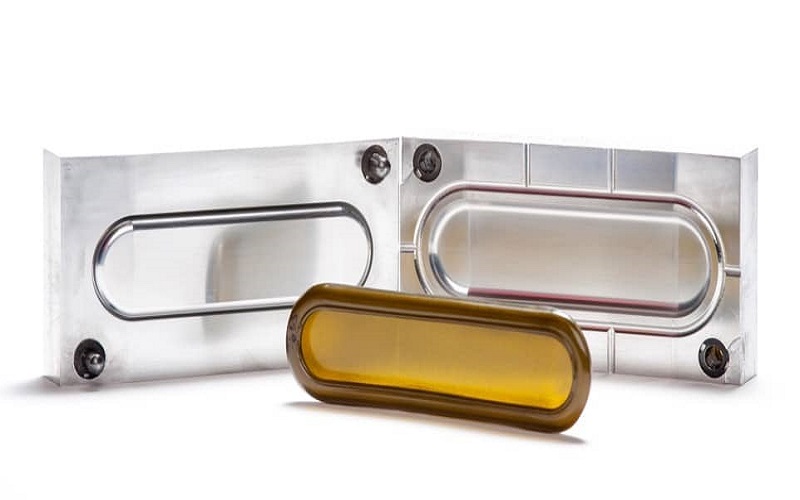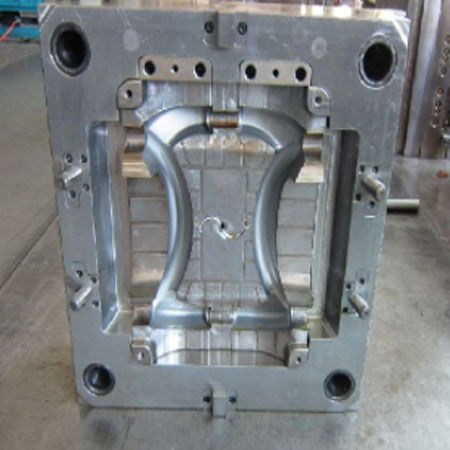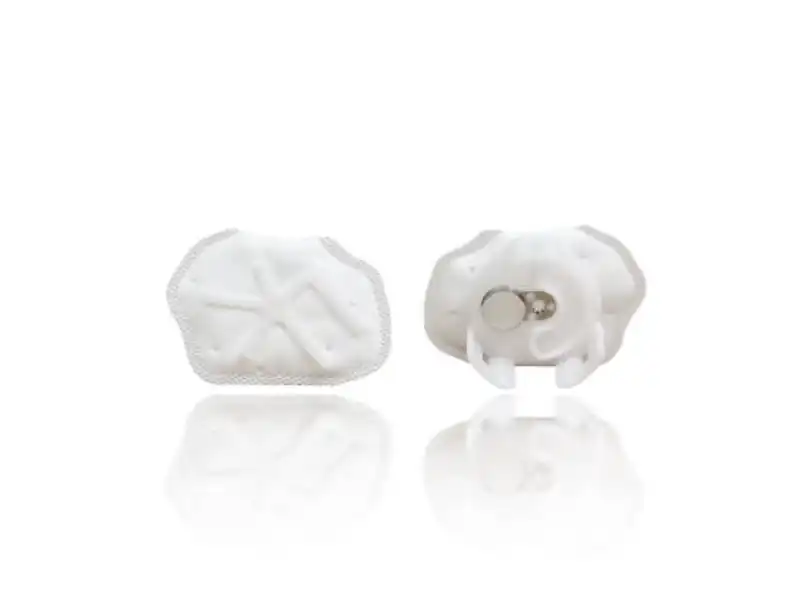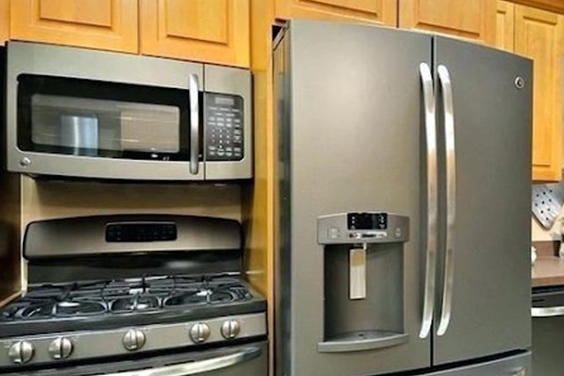
What Are the Disadvantages of Injection Molding?
- Home
- > Blog
Injection molding is one of the most preferred plastic mold making technology in manufacturing, considering how handy it is when it comes to high volume production. The starting cost may be high, but once everything starts running, the benefits start to outstrip the initial cost. Despite all that, there are some concerns associated with the plastic molding process.
We will be looking at the drawbacks of using injection molding to the manufacturer, the consumer, and the environment as a whole. For those that are about to get into manufacturing, the following are some of the pitfalls that you may have to deal with at some point.
Table of Contents
High Initial Cost

Source: Pixabay
Once you start hitting high production numbers, the cost of setting up injection molding becomes inconsequential, but you’ll be surprised by how much it takes to get things running from scratch. For starters, the tooling costs are very high. It takes a lot of investment in mould design and testing, and all these require special kinds of tools; with most of them having to be customized to your needs, these don’t come cheap. You may have to create molds from scratch using expensive technology like 3D printing or CNC molding, and this could take a lot of trial and error before you get it right. You’ll also need the best brains on the job, esports who have trained for this kind of thing, and that will not come cheap either.
The bottom line is, before things start running as you want, you will have sunk in a considerable amount of money into the start-up.
High Lead Times
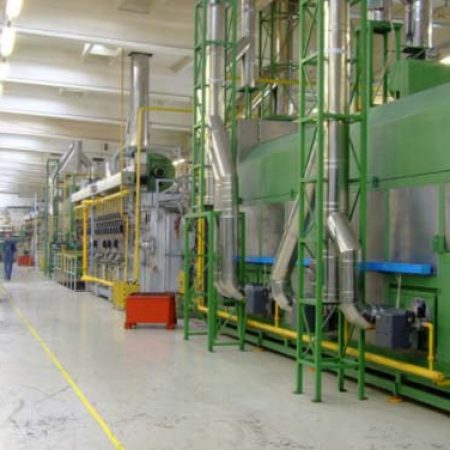
Source: Pixabay
Lead times refers to the time it takes to build something from scratch, run the test until everything reaches optimum levels that are safe for operations as well as designing the product to fit the specifications of the mold. Before a manufacturing company hits the road running, it takes time researching, acquiring the right machines, doing multiple tests, countless simulations
that will help the company make an assessment of how viable their operations are. This is the point where most companies fail to go past and can be a little challenging if you are not well prepared. The standard lead time takes about six weeks, but depending on the scale of your operations, it could take anything between 6 months to a whole year.
Huge Machines
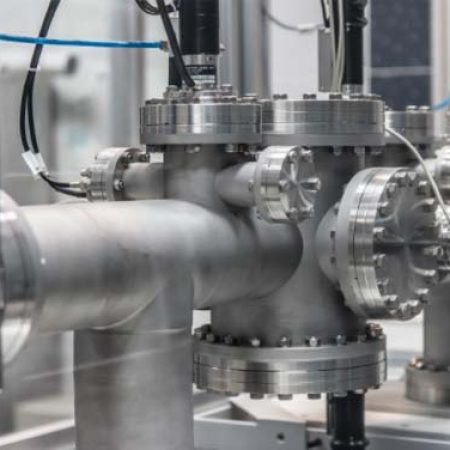
Source: Pixabay
The size of the machines used in injection molding is huge. You’ll have to work out the logistics of having to move them from one point to another. Then you have to consider the logistics of setting them up in the space available. The machines have to fit into the space perfectly to give room for movement of people without increasing the chances of factory accidents.
Dealing with heavy machines is tricky; not only is moving them hard, but there’s always the risk of injury, and it takes a lot of time to get everything where it’s supposed to be. Some mold crucibles, for instance, are so large that they would need to be transported individually.
No Room for Errors
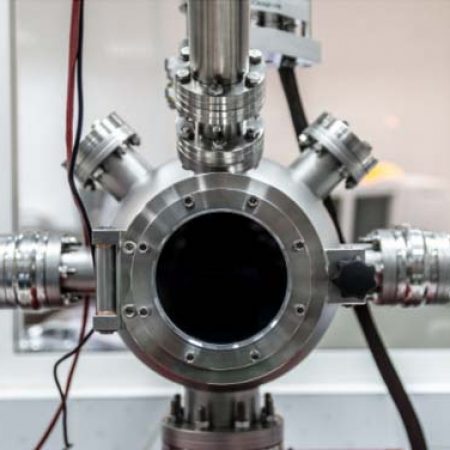
Source: Pixabay
Getting the right mold takes time, and there’s very little room for making errors. Each mold crucible used in the injection molding process has to conform to the intended dimensions of the final product. If the mold is flawed, then every single product that comes from that assembly line will come out with the same flaws. Therefore, a lot of time is spent in creating the blueprints, and that takes a lot of skill. It is a guarantee that some of the initial trials will not come out okay, and that takes time and money.
Then there are the raw materials to consider; before setting things up, you may have to go through a lot of expensive raw materials for experimentation purposes, and that will set you back some considerable amount of funds.
Constant Breakdowns
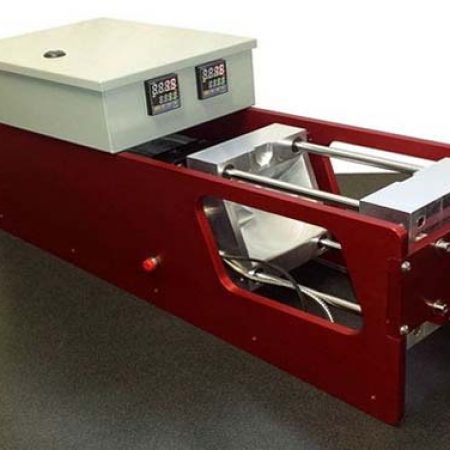
Source: Pinterest
On top of being very expensive to set up, injection molds are prone to breaking down due to constant use. They may be constructed out of the most durable material around, but when you consider the high rate of production, it is not hard to see how fast they can be worn down. A normal day for a plastic mold manufacturer can be as long as 12 hours of non-stop work without machines stopping. With automation, this can increase to 24-hour work cycles. With such limited breaks, it is only a matter of time before the molds start breaking down.
This means that constant repairs and maintenance have to be conducted regularly, and this costs money. A mold that has been destroyed beyond repair will have to be replaced, and that’s a different matter that can bring the whole production to a stop if you are not careful.
Environmental Impact
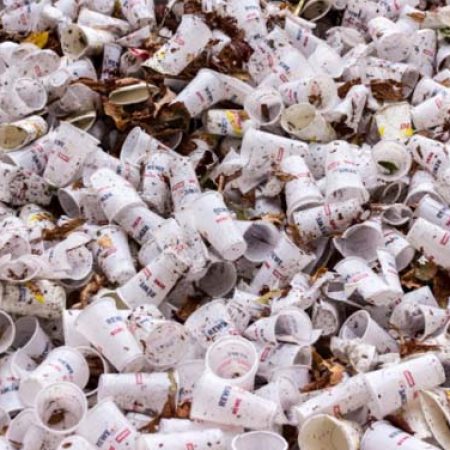
Source: Pixabay
The sheer volume of production that results from injection molding is huge, and as much as this is good for the home appliance consumers, the same cannot be said about the environment. The more the number of plastic products, the more the environmental degradation. Plastics have been a menace to the ecosystem, and their addition only spells more doom since the rate of recycling has never been able to keep up with the rate of production.
Plastic materials that are made using injection molding are particularly hardy, and crushing them down to create fodder for recycling costs even more than their production. For this reason, once they have served their purpose, most find themselves dumped in some landfill where they continue leaching dangerous chemicals into the ground, destroying life.
With sustainable manufacturing being given more attention, the cost of having to conform to these rules is very high. In most cases, it requires switching out manufacturing machines for new ones as well as finding new raw materials. For most companies, this is a huge ask, and many choose to fold up rather than spend a fortune for all that.
Energy Costs
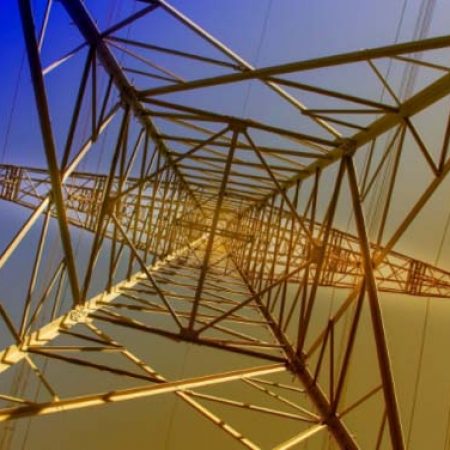
Source: Pixabay
There’s a lot of heating involved in injection molding, as is expected of any large scale manufacturing process. Bigger and sophisticated products like furniture molding or auto molds, for instance, require more energy than small items like plastic toy mold. However, the amount of electricity needed to run an injection molding plant is very high, and unless you are in constant production of high volumes of material, it could eat into most of the profits that you make. This is why this process is not ideal for low volume production. Aside from high running costs, the fumes and the heat produced may be a health hazard to the people directly involved in the work.
Coming up with energy-efficient methods is hard, but the use of solar panels in places that receive good sunshine is being encouraged as that could drastically cut down the amount of electricity bills the company may be forced to settle every end of the month.
Conclusion
The future of injection molding, like most plastic-based production processes, is in limbo. Calls for changes to be made have been getting stronger as far as the protection of the environment is concerned. This has forced many top plastic molding manufacturers to start thinking out of the box in a bid to keep surviving.
If you have been thinking of getting into the plastic molding business as a small scale manufacturer, supplier, or bulk consumer or you want warehouse storage materials and don’t know where to begin, contact us at any time, and we will take you through the whole process to the best of your satisfaction.

